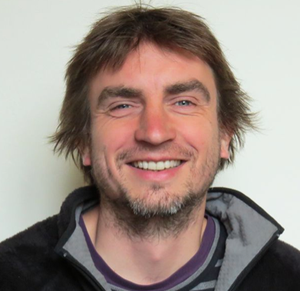We have Claudia Baez-Camargo, Head of Governance Research, Basel Institute on Governance, giving a talk in the Social, Economic, and Decision Psychology Colloquim this Thursday (title and abstract follow).
Corruption, social norms and behaviours in East Africa: Comparative insights from Rwanda, Tanzania, and Uganda
This talk will discuss emerging findings from a comparative research project that has been investigating behavioural elements shaping the attitudes towards petty corruption among citizens in Rwanda, Tanzania, and Uganda. Preliminary analysis of the data collected suggests the salience of shared mental models about the prevalence of corruption in the communities as well as social norms of reciprocity and group obligation that contribute to making corrupt behaviours socially acceptable. These findings appear to be associated with the high levels of corruption observed in Tanzania and Uganda and with the success of the anti-corruption policies in Rwanda.




